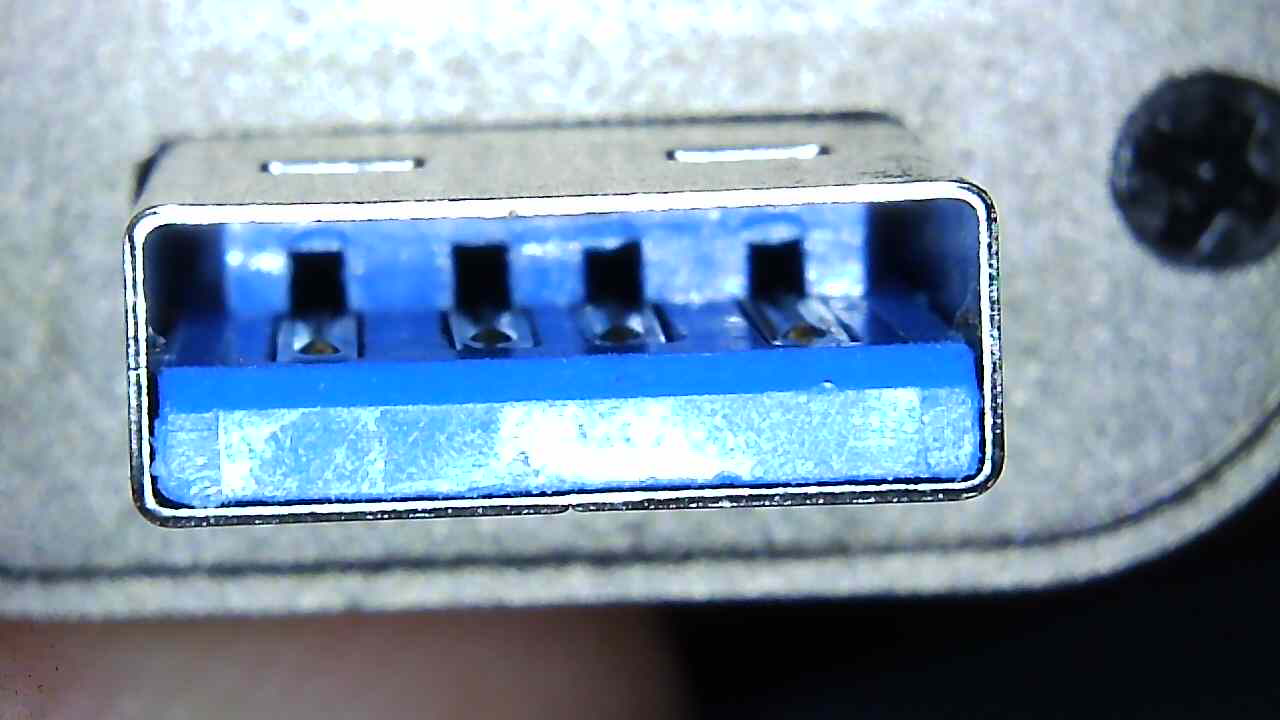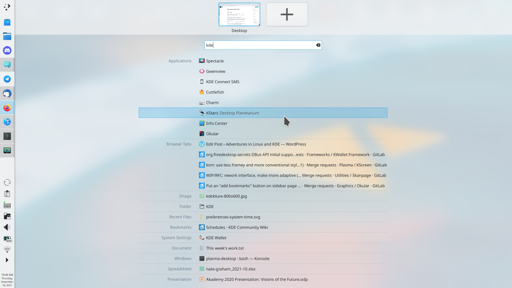somewhat logical, but entirely in practice verb-noun command structure.
That’s supposed to be “impractical”, not “in practice”, for others reading along.
For example, the “proper” command to list a directory is: Get-ChildItem
The “proper” command to fetch a webpage is: Invoke-WebRequest https://example.com/
In these particular cases, they do have aliases defined, so you can use ls, dir and curl instead, but …yeah, that’s still generally what the command names are like.
It’s partially more verbose than C#, which is one of the most verbose programming languages out there. I genuinely feel like this kind of defeats the point of having a scripting language in the first place, when it isn’t succinct.
Like, you’re hardly going to use it interactively, because it is so verbose, so you won’t know the commands very well. Which means, if you go to write a script with Powershell, you’ll need to look up how to do everything just as much as with a full-fledged programming language. And I do typically prefer the better tooling of a full-fledged programming language…











That’s supposed to be “impractical”, not “in practice”, for others reading along.
For example, the “proper” command to list a directory is:
Get-ChildItemThe “proper” command to fetch a webpage is:
Invoke-WebRequest https://example.com/In these particular cases, they do have aliases defined, so you can use
ls,dirandcurlinstead, but …yeah, that’s still generally what the command names are like.It’s partially more verbose than C#, which is one of the most verbose programming languages out there. I genuinely feel like this kind of defeats the point of having a scripting language in the first place, when it isn’t succinct.
Like, you’re hardly going to use it interactively, because it is so verbose, so you won’t know the commands very well. Which means, if you go to write a script with Powershell, you’ll need to look up how to do everything just as much as with a full-fledged programming language. And I do typically prefer the better tooling of a full-fledged programming language…